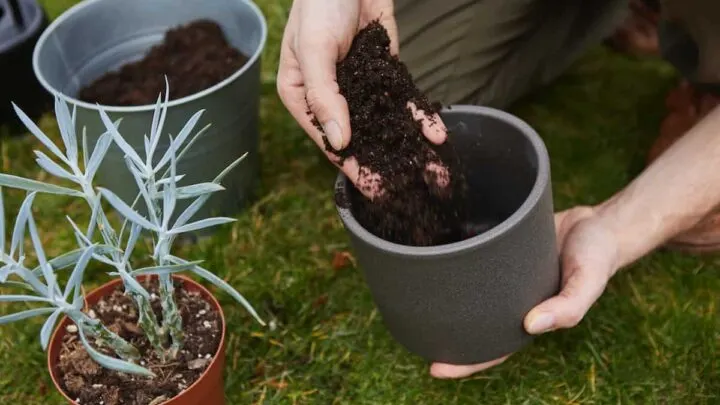Almost all plants, or most of the plants we think about daily, use chlorophyll to absorb light from the sun and turn it into food. This is a process most of us recognize as photosynthesis. Some plants can survive and thrive without chlorophyll, but how?
Plants can survive without chlorophyll by feeding off of other plants or fungi for their nutrients.
In the article below, we will discuss more details about how these plants survive without chlorophyll, what these plants even are, and more! Stick around.

Examples of Plants That Don’t Use Chlorophyll
So far, scientists have discovered 3,000 plants that do not use chlorophyll. They call these plants non-photosynthetic plants.
They can be found all over the world but are often found in grasslands, deep woods, and savannas, where there are many other plants and trees to feed off. Every plant listed below is a non-photosynthetic plant.
Indian Pipe
Known as the “ghost plant,” this is a more common plant that does not use chlorophyll. It is technically a wildflower found throughout the United States, including Alaska.
There are many medicinal uses surrounding Indian Pipe. Native Americans often ground it up to use it as an anticonvulsive, an anti-inflammatory, and an anti-anxiety agent. In large amounts, it can even be used as a sedative. Today Indian Pipe can be found and sold as a tincture.
Beechdrops
Known for treating stomach alignments and mouth sores, this medicinal plant has been used for centuries by Native Americans and people today. Also found all over the United States, they bloom in late July and August.
Squawroot
Known as “cancer root,” this is an edible plant with lots of nutritious value and can be used medicinally for menstrual pains and headaches.
California Broomrape
Found in parts of the United States and Asia, this plant is a perennial herb that can be used for treating colds, pneumonia, and other decongestitions.

Do Plants Without Chlorophyll Make Their Own Food?
Plants that do not have chlorophyll cannot make their food. All non-photosynthetic plants, including those I listed above, attach themselves to other plants to feed off of them.
Non-photosynthetic plants are also considered parasite plants because they have very similar traits to parasites. By attaching their roots to the roots of a plant or tree that uses chlorophyll, they can suck the nutrients out of these other plants, thus not needing to make their own food.
All non-photosynthetic plants have an organ called “haustoria.” This organ is what comes out of the plant and grabs onto the tissues of the host plant. The parasitic plant can suck out all the nutrients, including water, through the haustoria and cycle it back into itself.
Host plants won’t always die when the parasitic plant attaches itself; however, sometimes, great harm will come to the host plant.
Do Non-Photosynthetic Plants Need Sunlight At All?
Technically, non-photosynthetic plants do not have any use for sunlight whatsoever. They do not feed off the sun; therefore, they could live without it.
However, the host plants, which they are feeding off, absolutely do need sunlight. The host plants use photosynthesis to get nutrients from the sun; without the host plants, the parasitic plants could not survive.

What Would Happen If Regular Plants Did Not Have Chlorophyll?
Besides death or not being able to germinate in the first place, if plants did not have chlorophyll, they would never be green.
All plants, including grass, trees, bushes, and shrubs, would be white or off-white. Some non-photosynthetic plants have a murky red or gray color, but most are white.
Is It Possible to Grow Your Own Non-Photosynthetic Plants?
It is extremely difficult to grow these plants from seed. They need the exact network of fungi to germinate in the first place. Since they don’t use the sun, you can’t simply put them in the ground or use grow lights.
Final Thoughts
Non-photosynthetic plants are some of the most interesting plants. They often look alien amongst the greenery of the forest or wetlands. Although they are parasites, many of the non-photosynthetic plants hold many medicinal values for us humans, and they are a very important part of the fungal ecosystem.

Hi there, my name is Allie and welcome to my blog; GareningWithAllie!
Much of what you see written here is just our personal experiences with gardening. Along with the content I write here, there is also a unique collection of gardening topics covered by some of our close friends. I hope you find everything you read here to be helpful, informative, and something that can make your gardening journey the most lovely experience ever! With that said, Happy Gardening!
